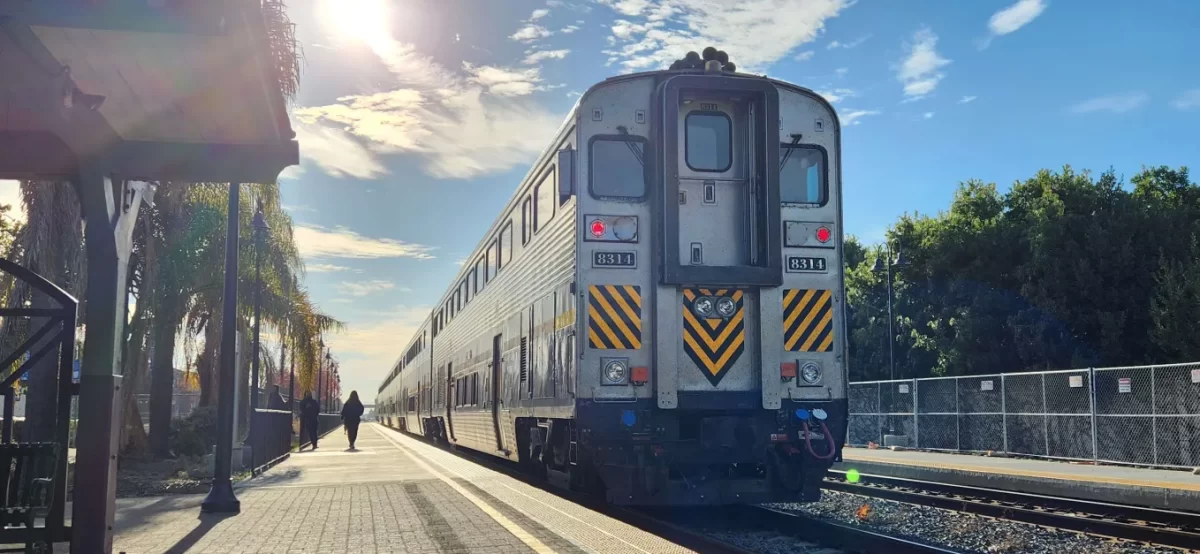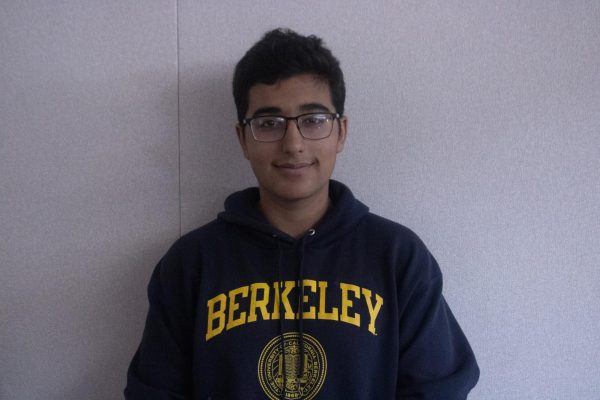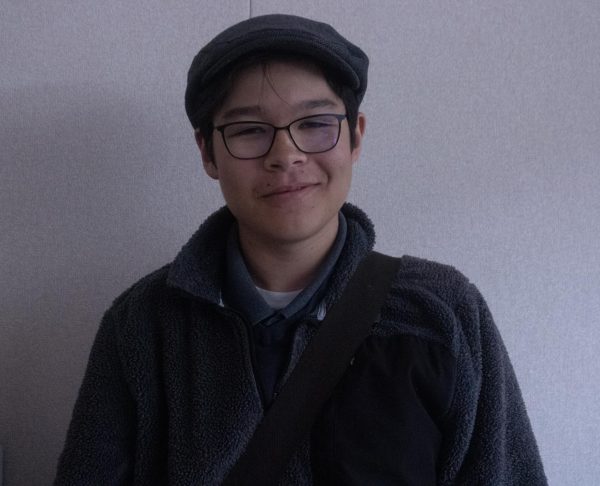Amidst a decade of turbulent construction and contentious discussions, California lawmakers are embroiled in an unprecedented and pivotal dispute that has the potential to reshape the state’s future for years. The Los Angeles-to-San Francisco high-speed rail project is a venture that has sparked fierce debate, captivating both politicians and citizens alike.
At first glance, the vision of high-speed rail development championed by California legislators seems simplistic and well-natured. As we witness the growing concern of Californians over outdated public transit infrastructure, the prospect of investing in our infrastructure with High Speed Rails emerges as a potential solution.
Unfortunately, this problem is all too common — public transportation often lags behind travel times in the Golden State, leading to a lack of riders and decreased infrastructural investment. Proposed infrastructure plans carry the promise of revolutionizing transportation, ushering in economic prosperity, and catalyzing a green technology renaissance within public transport. But despite the seemingly beneficial facade of high-speed rail development, this style of policymaking needs to be more complex beyond initial perception. While California lawmakers may play the facade of acting in the best interest of their constituents, it can not be ignored that California’s high-speed rail network may cost as much as $100 billion by its construction, passing on astronomical amounts of debt onto its most vulnerable constituents. And it can not be ignored that high-speed rail projects perpetuate gentrification, pushing out low-income Californians from their homes.
These lawmakers are not the exception but somewhat symbolic of the rule: the tendency of those in power to use altruistic gestures to address public concerns while consequential legislative actions remain veiled from the public eye.
As the wheels of development turn and high-speed rail courses through cities and neighborhoods, the impacts are far from uniformly beneficial. The paradox of gentrification emerges, a multifaceted tapestry interwoven with economic shifts, housing disparities, and social rearrangements. At its core, gentrification refashions urban centers, channeling resources and investments toward revitalization. Yet, in its wake, it often treads the delicate line between urban renewal and displacement.
As property values rise after infrastructural expansion, the ripple effects are profound. Original residents, who have long called these neighborhoods home, find themselves on the fringes of an increasingly unattainable housing market. Rent increases become the clarion call of gentrification as landlords seek to capitalize on the newfound desirability of their properties. The cycle is perpetuated, and the authenticity of once-vibrant communities is redefined by an influx of newcomers with differing socioeconomic backgrounds, pushing out the low-income constituents our lawmakers once swore to protect.
In the mosaic of urban transformation, the rise of high-speed rail and grand infrastructural dreams cannot overlook the shadow of gentrification. As cities surge forward, the refrain of progress must harmonize with the need to protect the heart of communities. Gentrification’s cautionary tale reminds us that as we build for tomorrow, we must also preserve the soul of today. In this intricate dance, striking the right balance ensures that progress doesn’t come at the cost of authenticity, allowing our cities to evolve while retaining their vibrant essence.





































